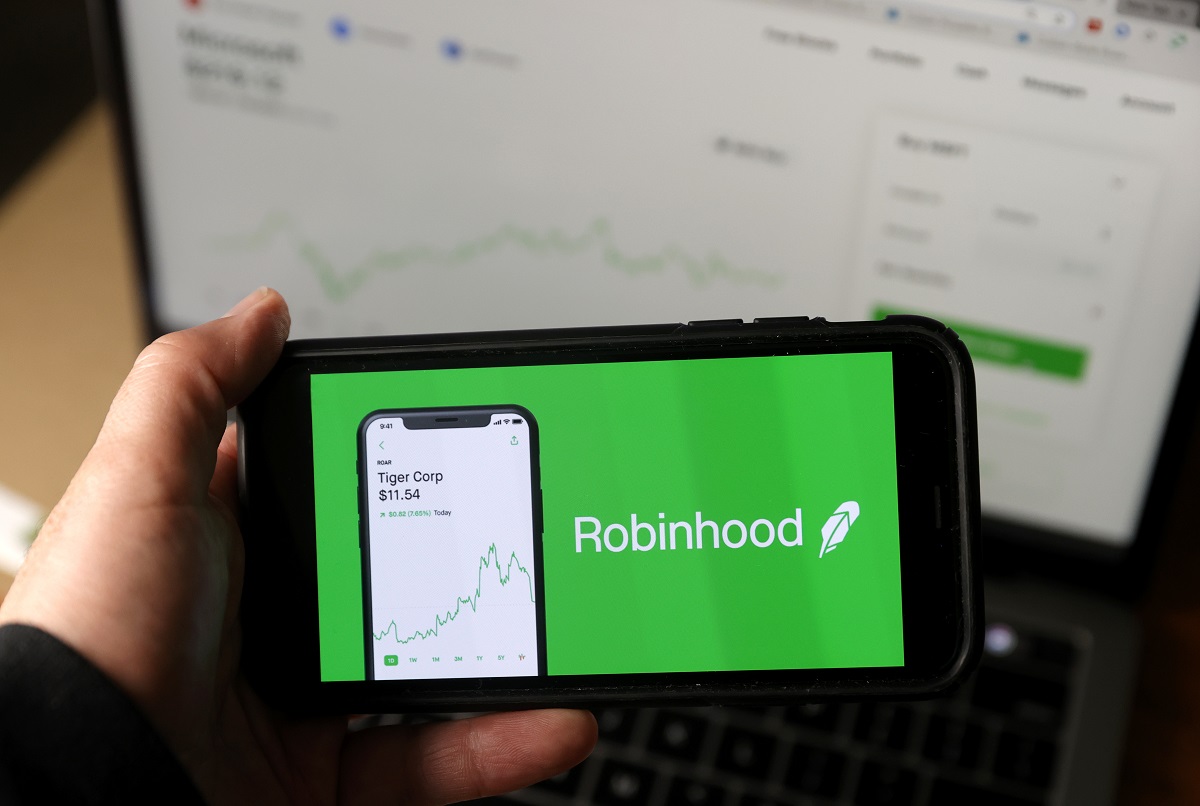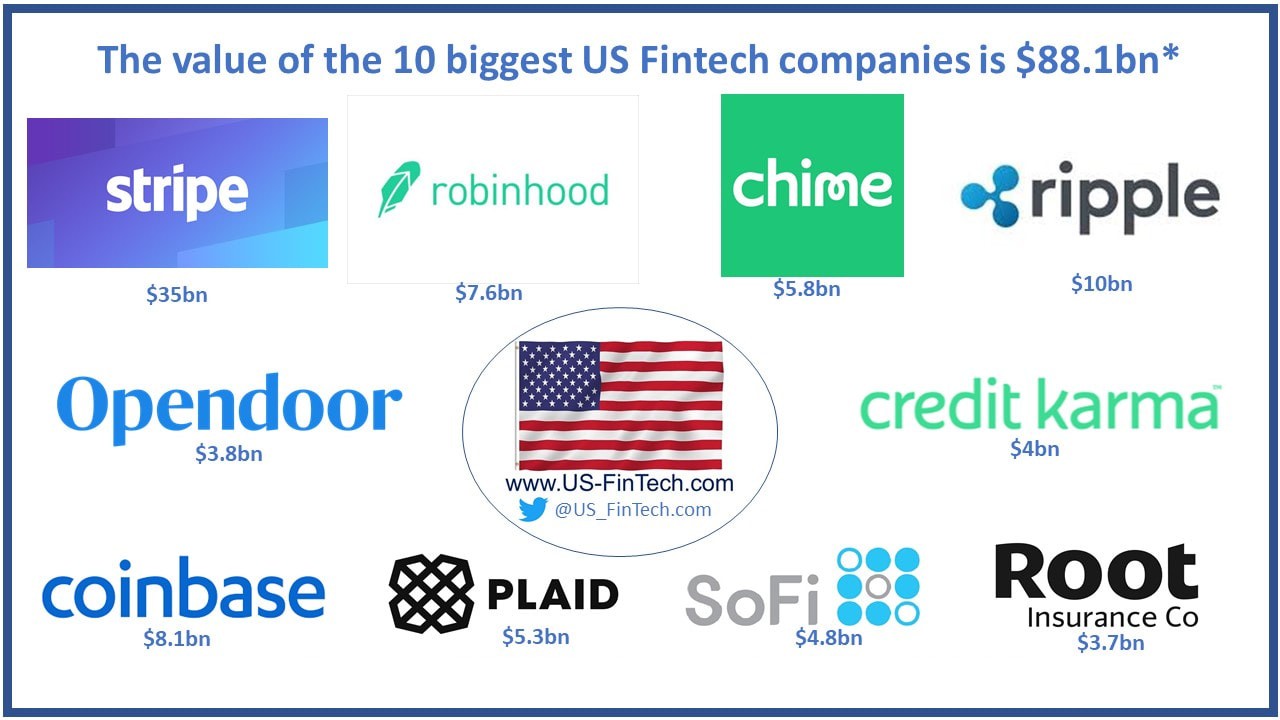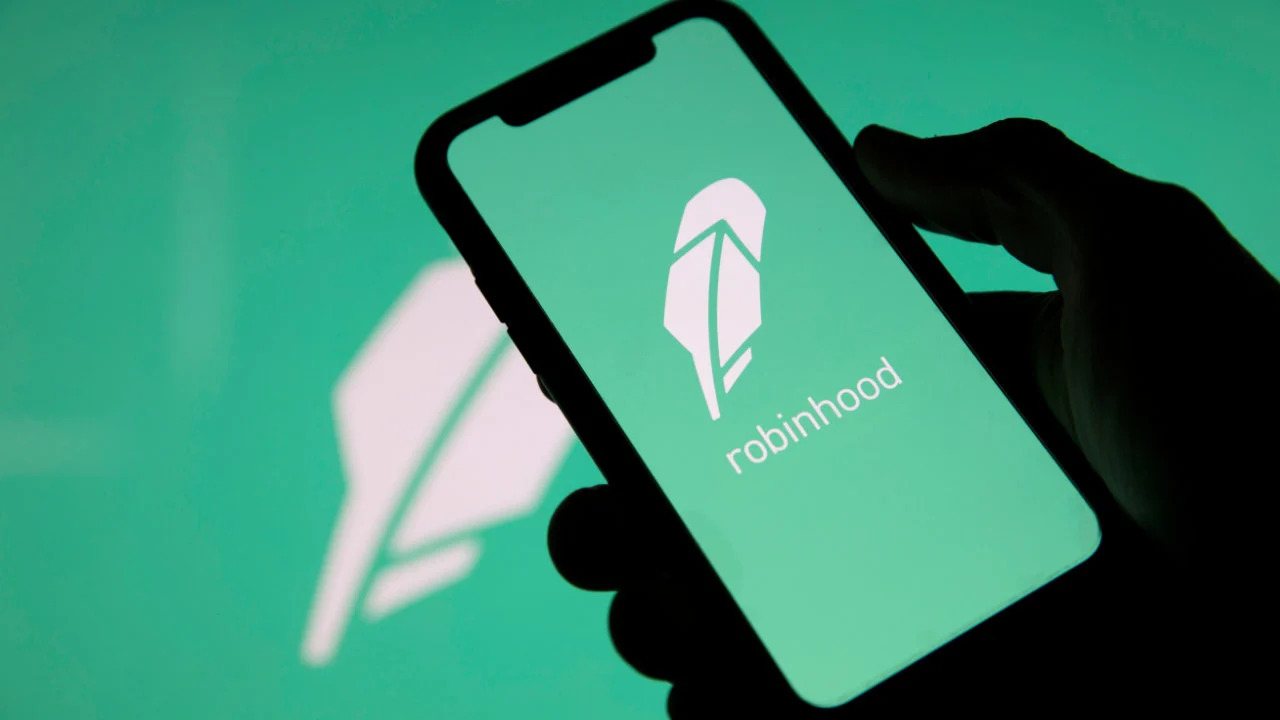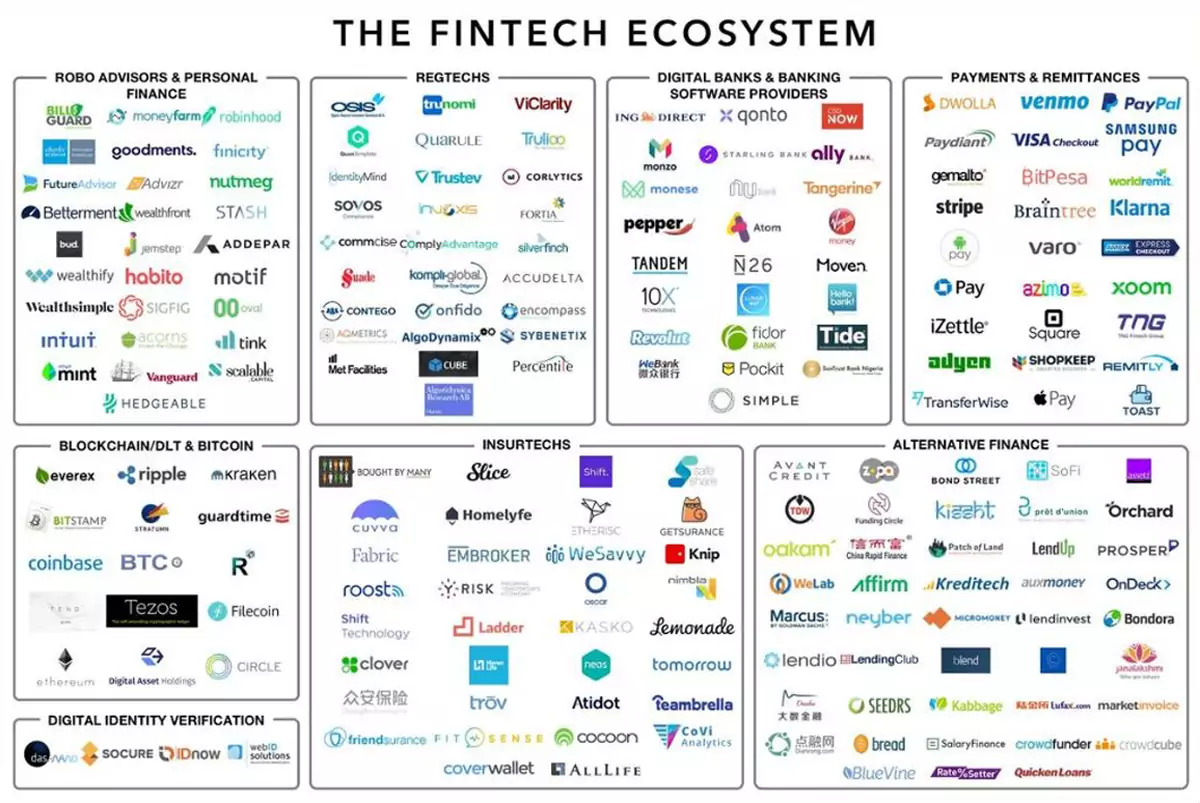Introduction
Welcome to our guide on how to turn off share lending on Robinhood. If you’re a Robinhood user, you may have come across the term “share lending” or “securities lending” on the platform. Share lending is a feature that allows Robinhood to lend out the shares of stocks and ETFs in your portfolio to other investors, typically institutional investors or hedge funds.
While this may sound like a convenient way to earn some extra income, some users may have concerns about the potential risks and privacy implications associated with share lending. If you’re one of those users, you’ve come to the right place.
In this guide, we will explain what share lending is, why you might want to turn it off, and provide step-by-step instructions on how to do so on the Robinhood platform. Whether you’re a seasoned trader or just starting out, understanding how to manage share lending settings can help you have better control over your investments and protect your privacy.
Before we dive into the details of turning off share lending, let’s first explore what share lending actually means and why some users might prefer to opt-out.
What is Share Lending on Robinhood
Share lending, also known as securities lending, is a practice in the financial industry where brokerage firms lend out the shares of stocks and exchange-traded funds (ETFs) held by their customers to other market participants. This allows the borrowing party, typically institutional investors or hedge funds, to sell the borrowed shares in the market and potentially profit from a decline in the price of the stock.
By participating in share lending, Robinhood aims to generate additional revenue to sustain its commission-free trading model. When you sign up for a Robinhood account, the platform automatically enrolls your eligible shares in the share lending program unless you choose to opt-out.
In this program, Robinhood acts as the intermediary between you (the lender) and the borrower. The shares of your stocks or ETFs are lent out for a specified period, usually a short-term period, in exchange for a fee or some percentage of the interest earned by the borrower on the borrowed shares.
It’s important to note that when your shares are being lent out, you still maintain ownership of the shares and are entitled to any dividends or other benefits associated with them. In the event that your shares are lent out and the borrower defaults or is unable to return the shares, Robinhood has certain safeguards in place to ensure you are not left holding the bag. However, it’s worth considering the potential risks involved in share lending before deciding whether or not to participate in the program.
Now that you have a better understanding of what share lending entails, let’s explore why you might want to turn off this feature on Robinhood.
Why you might want to turn off Share Lending
While share lending can provide some benefits, such as generating additional income for the brokerage firm, there are several reasons why you may choose to turn off share lending on your Robinhood account:
- Privacy concerns: When your shares are lent out, information about your portfolio holdings may be shared with the borrower. This raises concerns about the privacy and security of your investment data.
- Risk of stock recall: In some cases, the lending party may recall the borrowed shares before you have the opportunity to sell them. This can create a situation where you’re unable to execute your intended trading strategy and may cause financial losses.
- Reduced voting rights: When your shares are lent out, you may temporarily lose your voting rights as a shareholder. This means you won’t be able to participate in important corporate decisions that can impact the company and its shareholders.
- Lack of control over your shares: By participating in the share lending program, you essentially give up control over your shares during the lending period. This can be concerning for investors who prefer to have complete control over their investments.
- Reward versus risk: While share lending can be a source of additional income, the potential financial reward may not outweigh the associated risks. It’s crucial to carefully evaluate the returns versus the risks before deciding whether or not to participate in the share lending program.
It’s important to note that turning off share lending on Robinhood does not guarantee that your shares will not be lent out at all. However, it reduces the likelihood of your shares being lent out and gives you more control over the use of your assets.
Now that you’re aware of the potential reasons for turning off share lending, let’s proceed to the next section, where we’ll guide you through the steps to disable this feature on the Robinhood platform.
Steps to turn off Share Lending on Robinhood
If you’ve decided to opt-out of the share lending program on Robinhood, follow these simple steps to disable it:
- Login to your Robinhood account by visiting the official Robinhood website or opening the Robinhood app on your mobile device.
- Once logged in, navigate to the “Account” tab located at the bottom right corner of the screen (on mobile) or the upper right corner (on the web).
- Scroll down and click on “Account Settings.”
- In the Account Settings menu, look for the “Securities Lending” section. You should see an option to disable share lending.
- Toggle the switch to turn off share lending.
- After disabling share lending, review any pop-up notifications or prompts that may appear to confirm your decision.
- Once you’ve completed these steps, your shares will no longer be eligible for lending through the Robinhood platform.
It’s important to note that opting out of the share lending program does not guarantee that your shares will never be lent out in the future. However, by disabling share lending, you significantly reduce the likelihood of your shares being lent out without your consent.
Remember to periodically review your account settings to ensure that share lending remains disabled if that is your preference.
By following these steps, you have taken control over the share lending feature on Robinhood and can now have peace of mind knowing that your shares will not be lent out without your knowledge or consent.
Now that you know how to turn off share lending on Robinhood, let’s wrap up this guide.
Conclusion
Turning off share lending on Robinhood is a personal choice that depends on your individual preferences and risk tolerance. While share lending can provide additional income for the brokerage firm, it may raise privacy concerns, limit your control over your shares, and introduce potential risks to your investment strategy.
In this guide, we discussed what share lending is, why you might want to turn it off, and provided step-by-step instructions on how to disable share lending on the Robinhood platform. By following these steps, you have taken control over the use of your shares and can make informed decisions about their lending.
It’s important to stay informed about your investments and regularly review your account settings on Robinhood to ensure that share lending remains disabled if that is your preference. Additionally, consider consulting with a financial advisor or conducting your own research to fully understand the risks and benefits associated with share lending.
Remember, turning off share lending does not guarantee that your shares will never be lent out. However, by opting out, you decrease the likelihood of your shares being borrowed without your consent.
Ultimately, the choice to turn off share lending on Robinhood is yours. Evaluate the advantages and disadvantages, weigh your personal investment objectives, and make the decision that aligns best with your financial goals and risk tolerance.
We hope this guide has provided you with the necessary information to make an informed decision regarding share lending on Robinhood.
Happy investing!

























